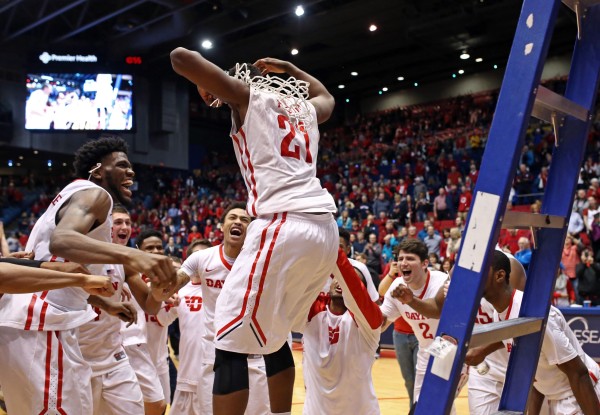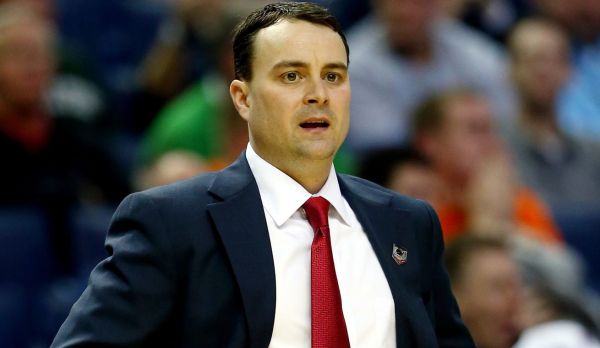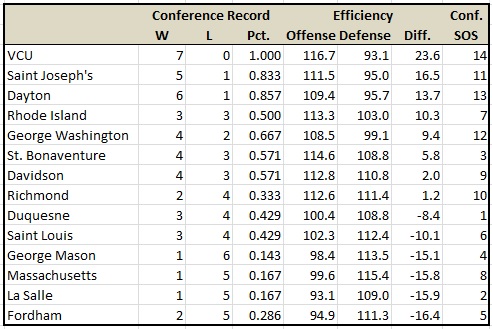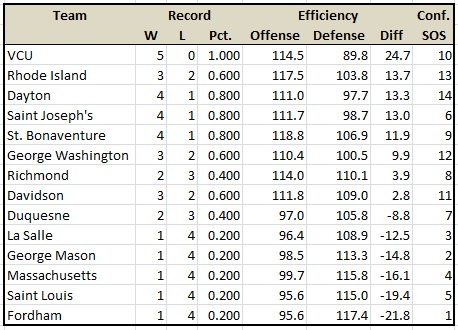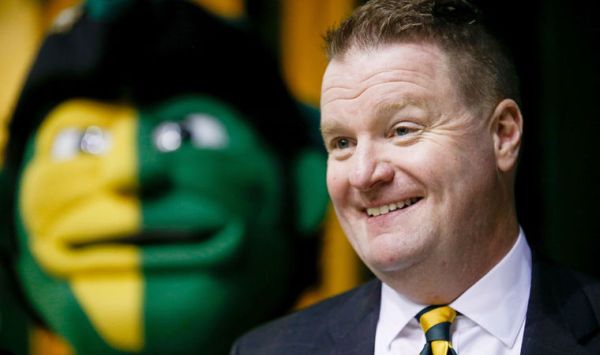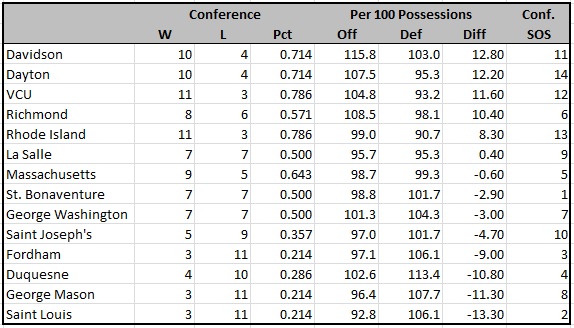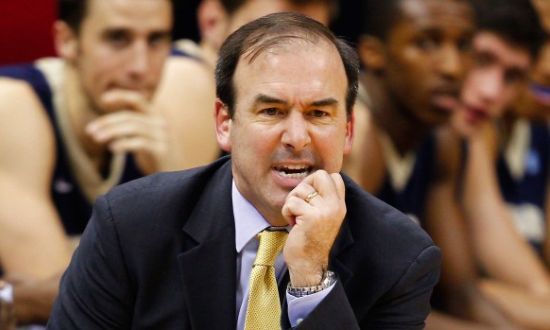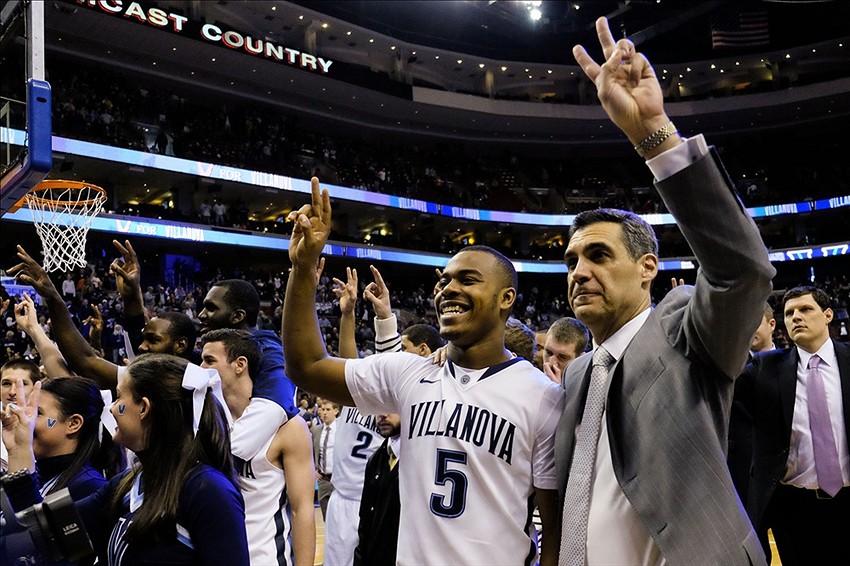College Hoops Luminaries Take Center Stage at Hall of Fame Inductions
Posted by Brian Goodman on November 19th, 2016To some degree, the National Collegiate Basketball Hall Of Fame will always live in the shadow of the Naismith Hall of Fame in Springfield, Massachusetts, which celebrates the game at every level around the world. If you were a great pro, chances are you were also great in college, so why not just cover it all in one fell swoop? That thinking ignores the reality that there will always be highly accomplished college players who, for one reason or another, couldn’t replicate their success at the next level, but that doesn’t mean those NCAA careers shouldn’t get their due somewhere. This Hall of Fame serves those players and coaches as well as the lucky few who were fortunate enough to reach the pinnacle of the game at both levels. On Friday night, eight storied inductees joined the ranks among the best collegians ever. Let’s take a look at each.
Dominique Wilkins, Georgia
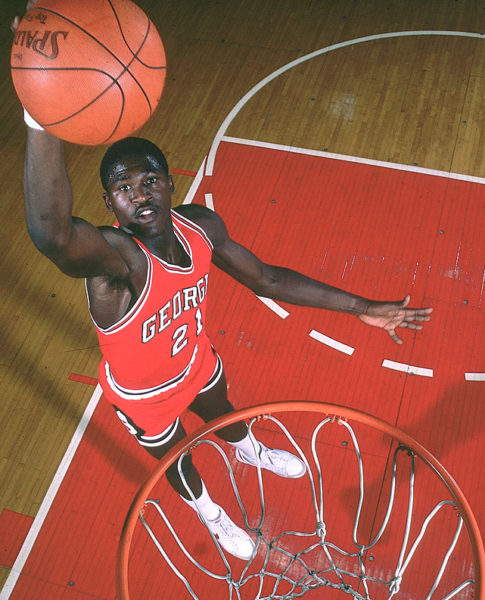
Dominique Wilkins put Georgia basketball on the map in the early 1980s with his relentless athleticism and thunderous dunks. (SI)
The Bulldogs aren’t exactly relevant right now, but they were even less so until the early 1980s when The Human Highlight Film arrived in Athens and changed everything, if only for a short time. In just three seasons, Wilkins scored 1,688 points — including many in intense, dazzling, electrifying fashion — and won SEC Player of the Year in 1981. Alhough the Bulldogs didn’t make the NCAA Tournament in any of ‘Nique’s three seasons, he brought enough attention to the program in the eyes of recruits for Georgia to make three appearances by the end of the decade, including a surprising run to the Final Four in 1983.
Read the rest of this entry »





























